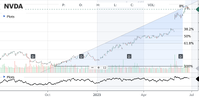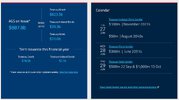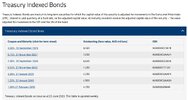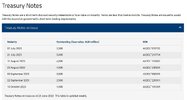- Joined
- 28 August 2022
- Posts
- 7,353
- Reactions
- 12,036
And Mr Telamelo that is the good news story at the moment.Australians’ personal debt surpasses $70bn as inflation forces people onto credit cards and loans
What happens when bankruptcy or worse starts to hit??











